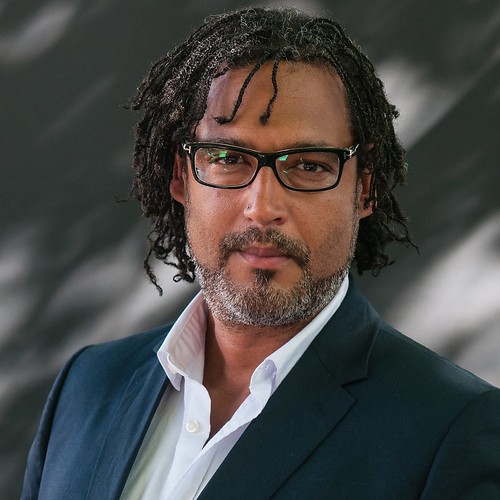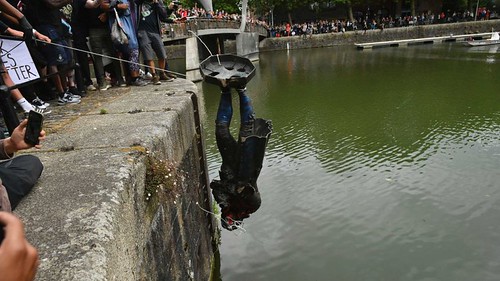Yesterday was spent with prosecution and defence summing up. Here are a few highlights.
Sir William Scrotesack QC for the prosecution:
‘The council process to deal with the statue moved glacially.’
‘You may be frustrated that you haven’t heard from Marvin Rees or the Society of Merchant Venturers. Concentrate on the evidence you have heard. That is what you try this case on.’
‘It is not a public inquiry, not about politics. It’s not about emotion but cold hard facts and, fundamentally, the rule of law.’
‘Conviction would be wholly proportionate.’
Scrotesack QC also went to great pains to explain that neither he nor the court were in any way racist. Indeed not, he’s merely a public schoolboy who knows on which side his bread is buttered and earns a fantastic living working for the racist institutions of the state.
Tom Wainwright, defending Milo Ponsford:
‘[The Colston Four] showed the world the people of Bristol are willing to stand up for what they believe in’
‘Their actions created history. History is destroyed by not telling the truth. What, if anything, really has the city lost?’
‘What value did the statue have before June 7, 2020? What historical or educational value did it have?’
‘Describing Colston as a virtuous man is a lie.’
Liam Walker, defending Sage Willoughby:
‘Sage Willoughby and each of these defendants were on the right side of history and, I submit, the right side of the law.
Veneration of him [Colston] was an act of abuse and celebrated the achievements of a racist mass murderer.”
‘His actions cannot be categorised as a violent act’
‘[The statue] was itself an offence. Over more than 30 years nothing was done.’
‘The erection of the statue was an attempt to erase history. History cannot be erased but history can be confronted.’
Blinne Ni Ghralaigh defending Rhian Graham:
‘Rhian acted in response to what she saw as a crime of the statue being on display and the abject failure of the council’s duty to remove the statue.’
‘Democracy had broken down around that statue. Cleo Lake said it “was embarrassing that these defendants are in the box.”’
‘This is not bristol: we will not dress up a devil in angels robes.’
‘[The statue was an] obscene glorification’
Raj Chada, defending Jake Skuse:
‘The Council should be on trial. They could have acted. They had a very long time to sort this out.’‘
How dare the council turn up as a witness for the prosecution in this trial.’
‘Jake Skuse showed ‘unvarnished honesty’ in admitting to the jury it was his idea to roll the statue to the harbourside.’
‘Jake Skuse in his own inimitable style said ‘fuck off’ to the statue.’
Today the judge will attempt a summing up of the issues for jury before they retire to consider a verdict.



